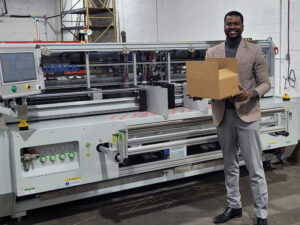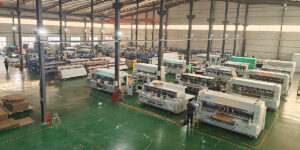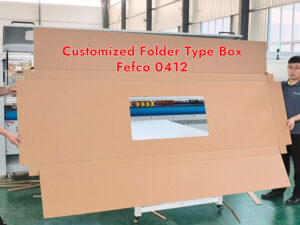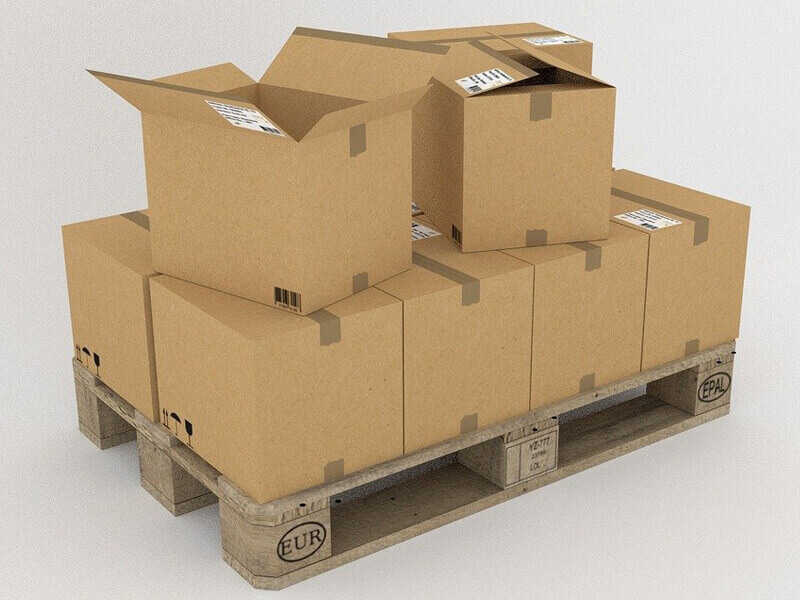Corrugated boxes are a go-to packaging solution across industries, thanks to their strength, lightweight structure, and cost efficiency. For businesses focused on managing costs, a clear understanding of the factors that influence pricing is invaluable. Here’s a concise overview:
Material Type and Grade
Corrugated boxes are made primarily from paperboard, comprising linerboard and fluting. Costs vary based on the material’s quality—virgin kraft paper provides added strength but is more expensive, while recycled paper offers cost and environmental benefits. The board thickness (single-wall, double-wall, triple-wall) significantly impacts price.
Size and Dimensions
Larger boxes require more paperboard, increasing material expenses. Custom dimensions tailored to product requirements can also raise costs due to bespoke manufacturing processes.
Printing and Graphics
Cost depends on custom printing needs, including logo placement and number of colors. Flexographic printing is common, though offset and digital methods, used for detailed designs, come at a premium.
Customization and Die-Cutting
Custom shapes or slots often involve die-cutting, which includes upfront setup costs. These costs spread out across larger batches but inflate small-order expenses.
Order Volume
Bulk production lowers per-unit cost due to economies of scale. Smaller batches, on the other hand, result in higher costs per piece.
Additional Features
Special coatings, product-protective inserts, or reinforcements add durability but increase overall expenses, especially for high-risk industries like electronics and food.
Transport and Logistics
Shipping fees, based on volume and weight, factor into overall costs, with larger or denser shipments carrying higher logistics expenses.
Labor and Overheads
Costs also reflect manufacturing expenses, including labor, machinery upkeep, and energy use.
In Summary
Corrugated box pricing is shaped by material selection, design, volume, and added features, as well as manufacturing and transport costs. By evaluating these elements and collaborating with suppliers, businesses can make cost-efficient choices that balance quality with budget constraints.
How useful was this post?
Click on a star to rate it!
Average rating 0 / 5. Vote count: 0
No votes so far! Be the first to rate this post.







